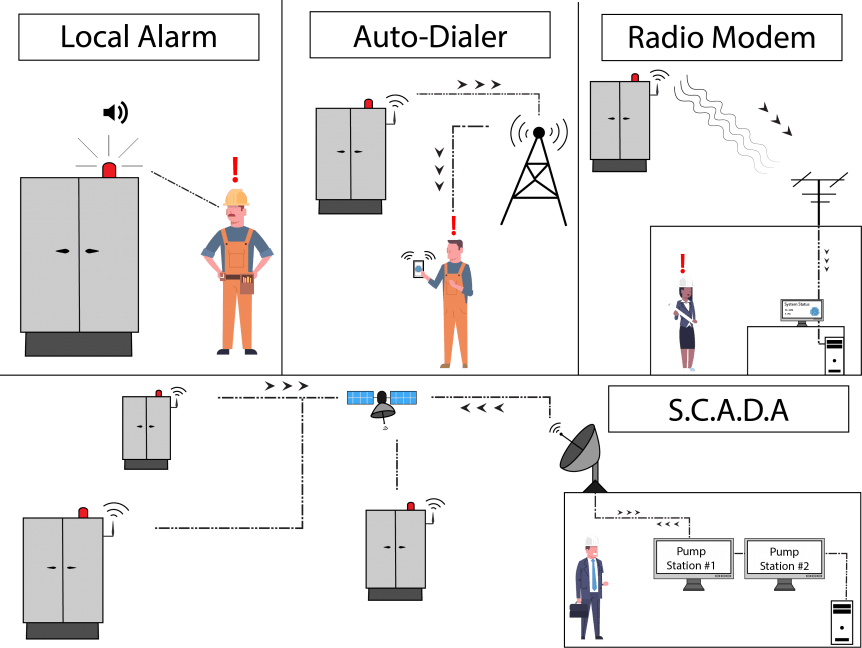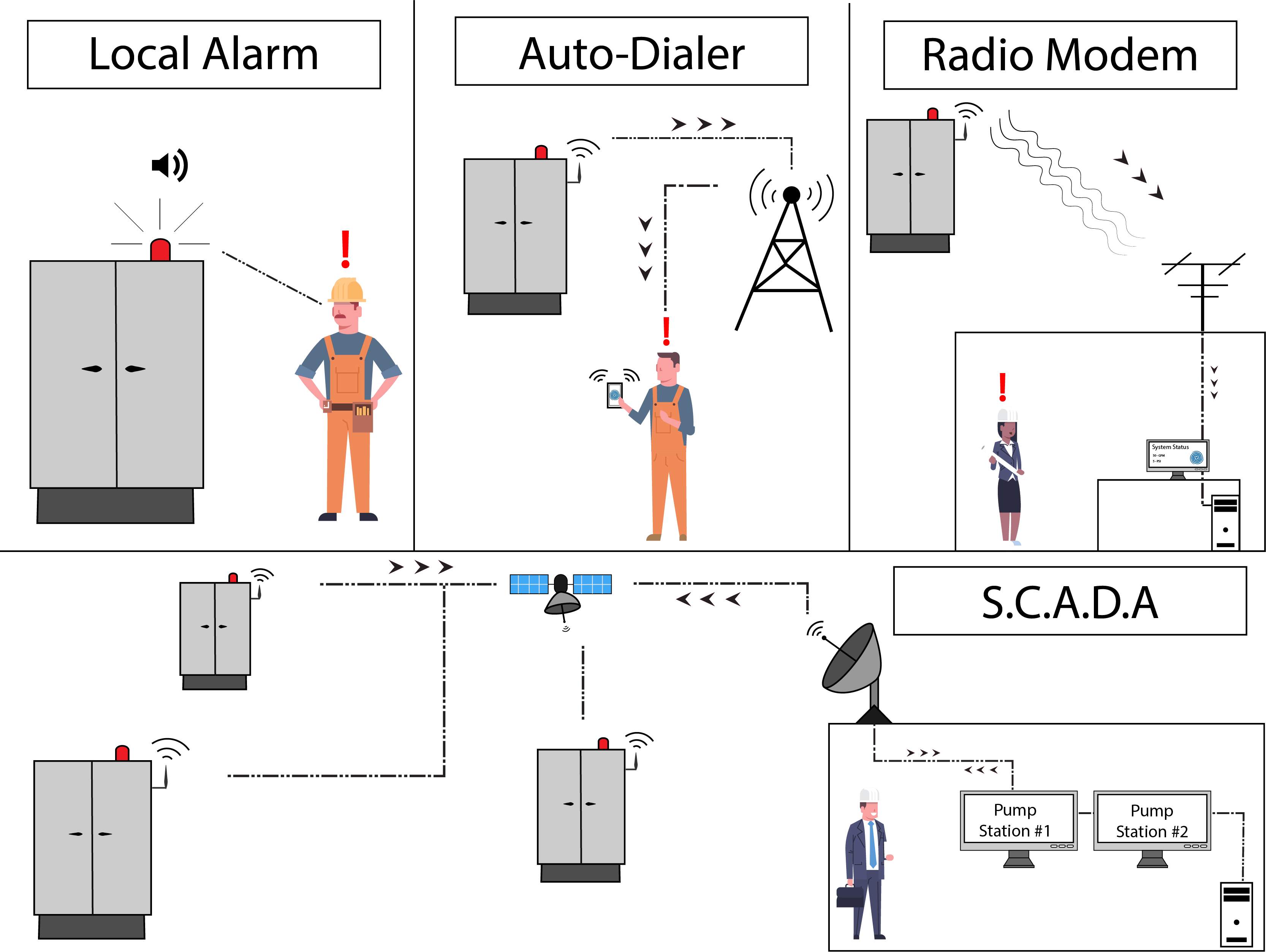
Romtec Utilities designs and supplies pumping systems for many different types of applications, from municipal sewer systems to natural gas manufacturing plants. Each system is a site-specific design for the unique requirements of the customer, their engineer, and the site itself. One aspect of the design of a pumping system is the control panel communications, or telemetry. The role that telemetry plays in managing a pumping system ranges from simple to integral for operation. Choosing the best telemetry for your pump station involves looking at your personnel, resources, and management practices to find the most appropriate technology.
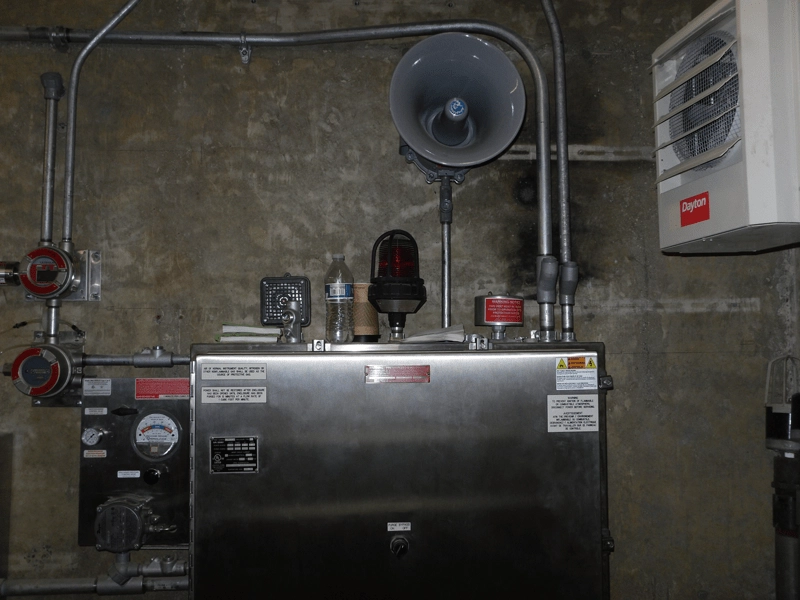
The first thing to understand about telemetry is that it is available on a wide spectrum of communication options. In its most basic forms, the pump station telemetry might only utilize a flashing light, a siren, or both together. More advanced telemetry might send phone call alerts, text messages, or other one-way communications. In it most advanced forms, telemetry offer SCADA capabilities with full access to the lift station controls for two-way communication from anywhere with a telecommunication signal. This range of options makes it important for pump station owners and operators to consider their preferred methods for communications.
The next step in understanding telemetry is to assess your organizational preferences for managing a pumping system. This can reflect the nature of the pumping system. For instance, a pump failure in a stormwater pump station that empties a detention pond might only result in an overflow through a designated spillway. In an industrial application, highly caustic blowdown water might pose a significant risk to the environment and employees. In each situation, the need for telemetry varies. The need for immediate and urgent notifications in the stormwater example is superfluous and unnecessary. In the industrial pump station example, the pumping system telemetry should be communicating in real-time to detect potential issue before they become a problem.
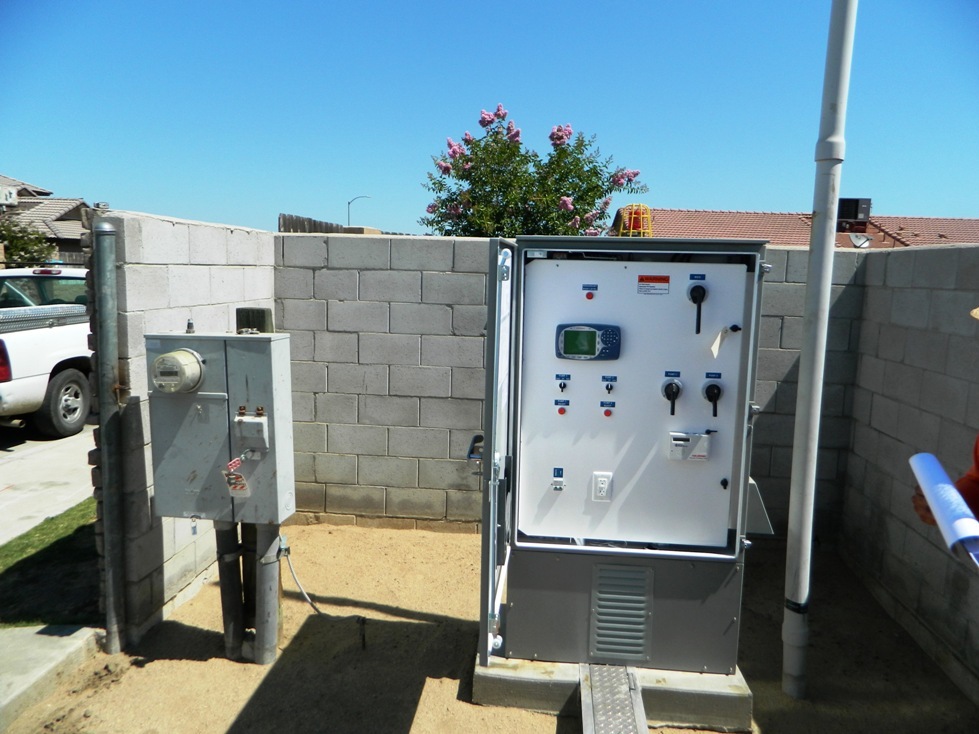
Personnel and management cultures can be addressed in this same way. An organized municipality with a dedicated utility staff might have an easy time dispatching an operator to a pump station site that is reporting issues. The operator is notified from the telemetry and then travels to the site to perform the necessary maintenance or operations. Let’s say another municipality has limited personnel resources and a large geographical area of coverage. In the event of an emergency, this municipality has a hard time getting personnel out on site to address issues. In this situation, the lift station telemetry might need to offer a very detailed communications to determine whether or not to dispatch personnel, or the system might need full two-way communication to resolve issue without personnel onsite.
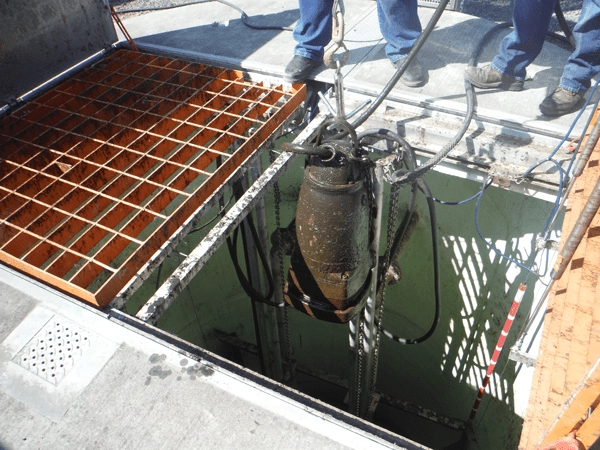
Pump station telemetry can be configured in many different ways, but choosing the best methodology for your organization involves understanding your expectations for system management. It is also a good idea to consider the future. Adding new pumping systems down the road may change how all the systems are managed. Romtec Utilities provides experts in telemetry, controls, and electrical engineering to make sure your pump station operations are exactly what you need. Contact us today to learn about telemetry for a new pumping system, or see how we can retrofit existing control panels to include new telemetry technologies.

